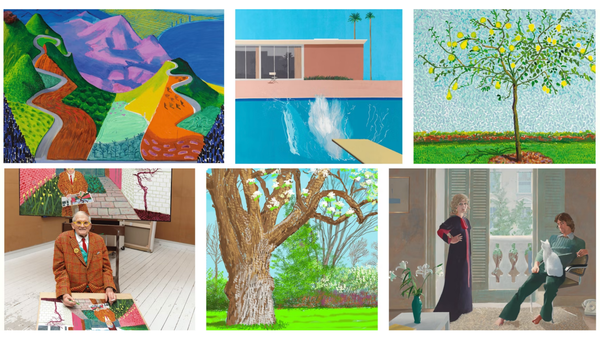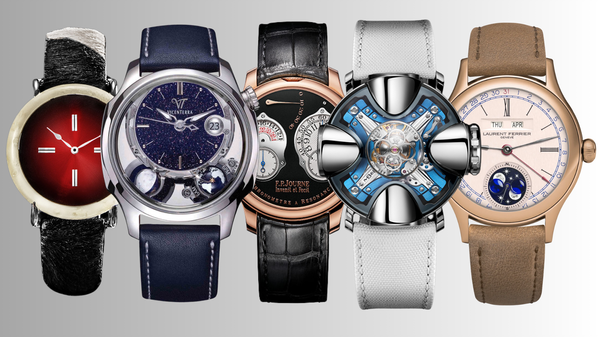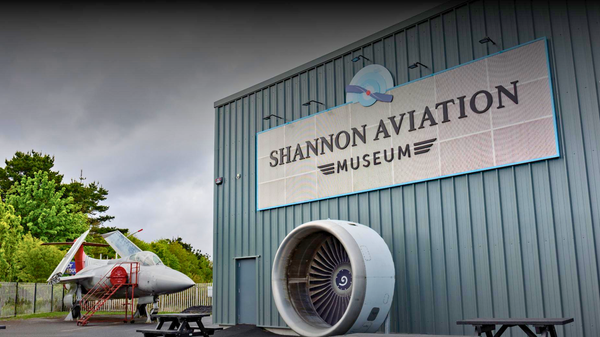The Rise of AI: Dresden’s Maestro is a Robot
The Dresden Symphony Orchestra celebrated its 25th anniversary with a three-armed robot conductor, leading 20 musicians in a groundbreaking "Robot Symphony." This collaboration between technology and artistry showcased complex, multi-tempo pieces, captivating the audience.
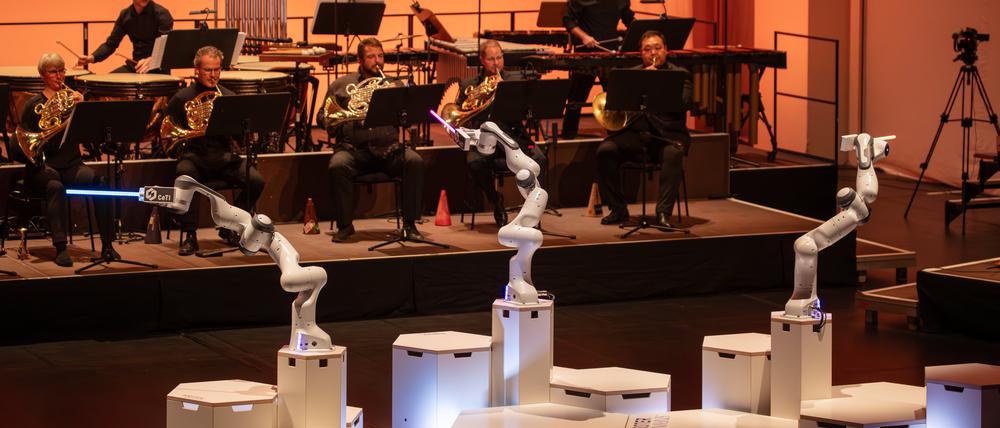
The Dresden Symphony Orchestra marked its 25th anniversary last weekend with a groundbreaking spectacle: a three-armed robot conductor. Over two performances, this cutting-edge machine, developed in collaboration with the Technical University of Dresden, led 20 human musicians through a “Robot Symphony,” blending technology and artistry in an awe-inspiring performance.
The robot, equipped with independently moving arms and glowing batons, conducted the orchestra through specially composed pieces, including Semiconductor’s Masterpiece by Andreas Gundlach. Its unique design allowed it to divide the orchestra into three sections, each conducted at a different tempo—an impossible feat for a human conductor. This innovation added complexity and depth to the performance, stunning the audience.
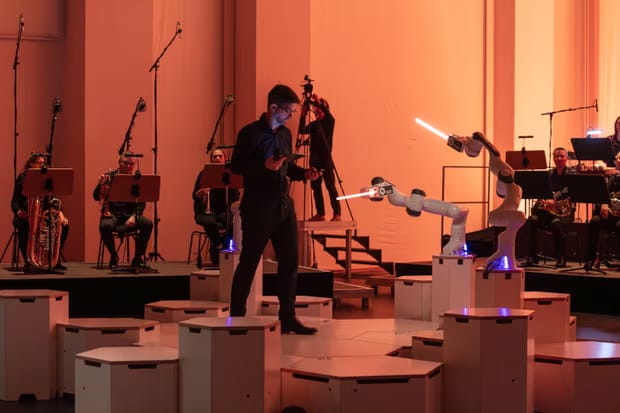
Two years of development
Two years of development went into perfecting the robot’s abilities. Gundlach noted that teaching the machine to conduct deepened his appreciation for the subtle grace of human conductors. Despite its sophistication, the robot was not meant to replace humans but to work in harmony with them, enhancing the conductor’s role without overshadowing it.
The performance, which also featured #kreuzknoten by Wieland Reissmann, reached its visual peak with the robot’s batons glowing in blue, red, and white, resembling a Star Wars-inspired aesthetic. While the robot stole the spotlight, human creativity remained at the core of the project, with conductor Magnus Loddgard ensuring the balance between technology and artistry.
The 25th-anniversary concerts proved that while machines may conduct, the soul of music remains human. This collaboration between humans and machines opened new possibilities for the future of orchestral performance, leaving audiences captivated and excited for what lies ahead.


